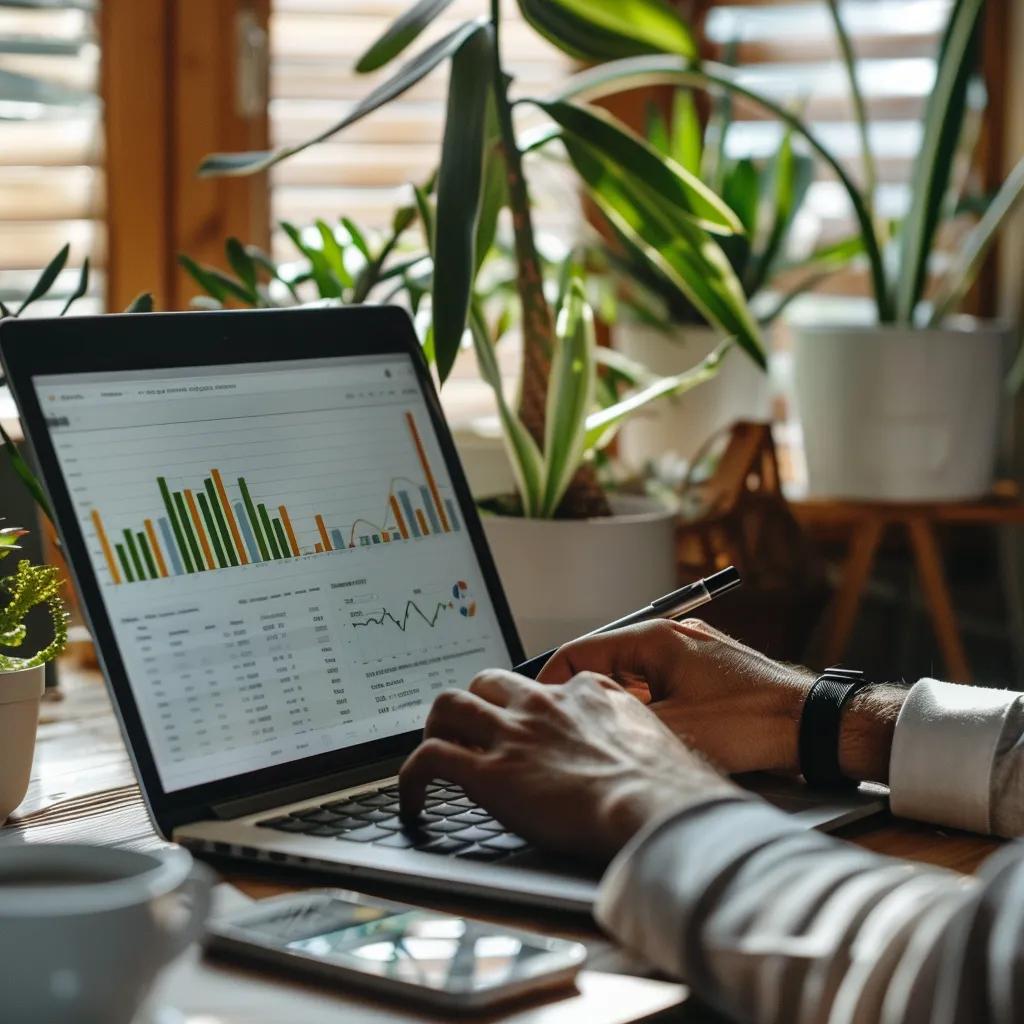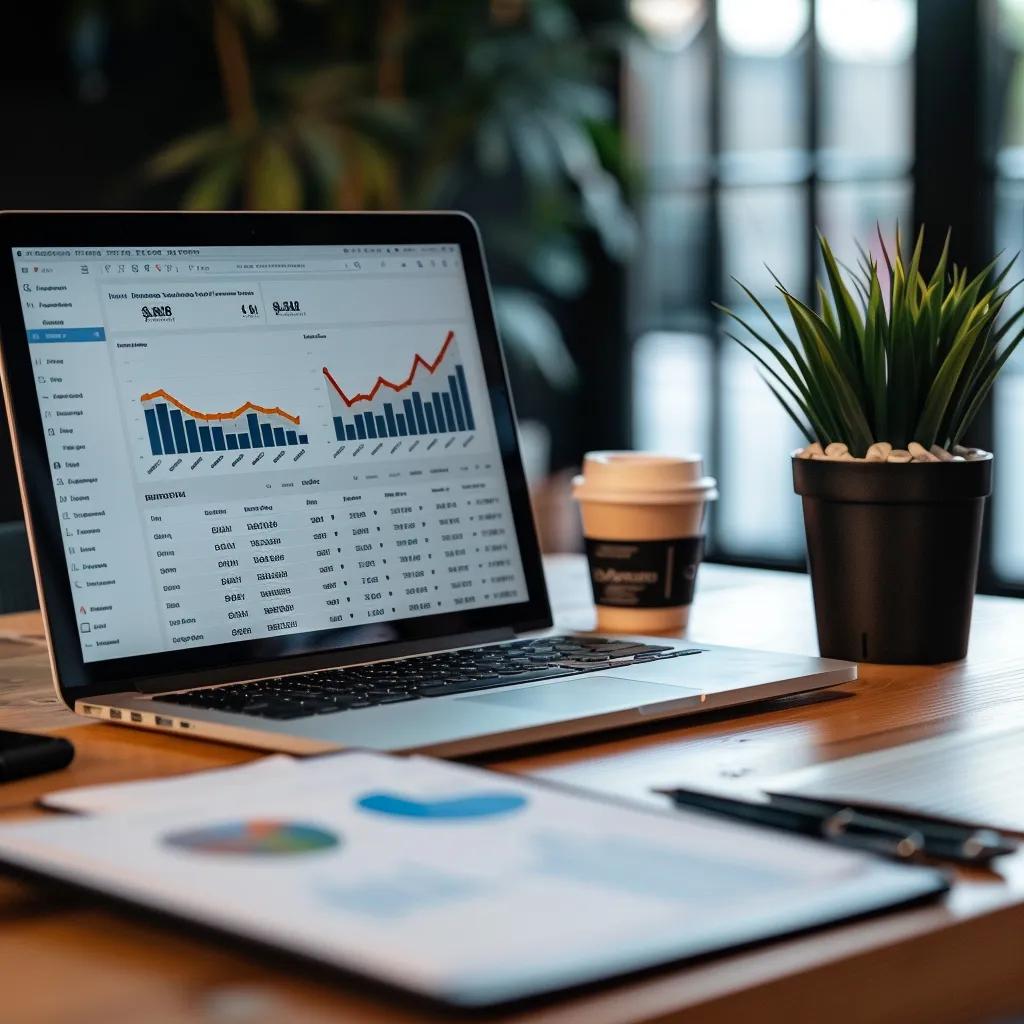
Article: SEO vs Google Ads: Which Is Better for Australian Small Businesses to Generate Leads?
Australian small businesses face a pivotal choice between investing in SEO or Google Ads to boost lead generation and online visibility. With search engine marketing dominating digital strategies, understanding the distinct advantages and trade-offs of each approach is essential. This guide dissects core differences, reviews Australian cost benchmarks, and maps decision frameworks so you can select or combine tactics for maximum impact. We cover:
- Key distinctions between organic and paid search.
- Choice criteria for SEO, Google Ads or a hybrid strategy.
- Local SEO versus geo-targeted advertising.
- Measurable outcomes, ROI metrics and conversion benchmarks.
- Emerging AI trends shaping both channels.
By the end, you’ll have clear criteria and practical insights to drive qualified leads through data-driven digital marketing.
What Are the Key Differences Between SEO and Google Ads?
How Does SEO Drive Organic Traffic and Long-Term Growth?
SEO is a long-term strategy that improves website visibility by optimising on-page elements, acquiring authoritative backlinks and enhancing user experience. It works through three core mechanisms—keyword relevance, technical health and content authority—to build sustainable organic traffic. For example, targeting long-tail keywords can steadily increase qualified leads without ongoing ad spend by capturing search intent at each stage of the funnel. Establishing domain authority today paves the way for compounding traffic gains over months.
How Does Google Ads Deliver Immediate Paid Traffic and Results?
Google Ads generates instant visibility through paid listings positioned above organic results. By bidding on keywords, small businesses can launch campaigns that appear for high-intent searches within hours. This pay-per-click model provides granular control over budget, audience targeting and bidding strategy, delivering measurable clicks and conversions. Quick A/B testing of ad copy and landing pages drives iterative improvements and immediate lead flow, especially for promotions or time-sensitive offers.
What Are the Cost Structures of SEO vs Google Ads in Australia?

Organic optimisation typically requires an upfront audit, content creation and link building, followed by ongoing maintenance. By contrast, Google Ads costs scale directly with clicks and competition.
| Entity | Attribute | Value |
|---|---|---|
| SEO | Typical Upfront Investment | 2,000–5,000 AUD for audit, content and technical fixes |
| SEO | Ongoing Monthly Maintenance | 800–2,000 AUD for content updates, link acquisition and reporting |
| Google Ads | Average Cost Per Click (CPC) | 2–4 AUD in low-competition sectors, up to 50 AUD in finance or legal |
| Google Ads | Recommended Monthly Budget | 1,000–2,000 AUD for consistent lead flow |
SEO and Google Ads Cost Benchmarks
Research indicates that the average cost per click (CPC) in Google Ads can vary significantly depending on the industry, with some sectors experiencing CPCs as low as AUD 2-4, while others, such as finance or legal, can reach up to AUD 50. This highlights the importance of understanding industry-specific benchmarks when budgeting for paid advertising campaigns.
Smith, A., “Digital Marketing Cost Analysis” (2023)
This research provides context for the article’s claims about the cost structures of SEO versus Google Ads in Australia.
How Do SEO and Google Ads Differ in Time to Results and ROI?
The time horizon for SEO spans 4–12 months before peak organic traction is reached, whereas Google Ads can drive traffic and leads on day one. Return on investment (ROI) for SEO typically materialises after six months, climbing as domain authority strengthens. Paid search ROI can be tracked immediately through conversion tracking and optimised weekly.
| Entity | Timeline to Initial Results | Expected ROI Milestone |
|---|---|---|
| SEO | 4–12 months | 6–12 months for >300 % ROI |
| Google Ads | Days | 1–3 months for breakeven |
Balancing long-term value from SEO with short-term gains from Google Ads maximises overall returns.
Which Strategy Offers Better Lead Quality and Brand Credibility?
SEO leads often indicate high trust and brand familiarity, as users click organic listings they perceive as authoritative. Google Ads leads can convert faster because they target clear purchase intent, but they carry a perceived “paid” bias. Quality comparisons show that blending both—ranking organically while appearing in paid listings—reinforces credibility and captures more high-intent searches.
How Can Australian Small Businesses Choose Between SEO and Google Ads?
When Should Small Businesses Prioritise SEO for Their Marketing Goals?
Small businesses with limited budgets or those seeking sustainable growth should prioritise SEO when:
- They aim to build long-term brand authority.
- Their sales cycle allows a 6–12 month ramp-up.
- They target high-value, evergreen keywords.
Investing in content marketing, technical optimisation and local citation management today lays a durable foundation for organic leads tomorrow.
When Is Google Ads the Best Choice for Immediate Lead Generation?
Google Ads becomes essential when:
- Time-sensitive promotions or seasonal offers must reach customers instantly.
- Rapid market entry is critical for new products or services.
- Budget allows for consistent PPC spend.
Paid search captures high-intent queries, enabling swift lead acquisition and measurable campaign adjustments.
What Are the Benefits of Combining SEO and Google Ads for Maximum Impact?
A hybrid approach leverages synergy between channels:
- Ads data informs SEO keyword research through search term performance.
- Organic listings build trust before users click paid ads, lifting click-through rates.
- Combined visibility dominates SERPs for branded and non-branded terms.
This integrated funnel delivers both immediate and compounding lead flow.
How Do Industry and Budget Influence Strategy Selection?
Different sectors face unique CPCs and competitive landscapes. In low-margin industries like hospitality, SEO’s lower CPL over time may be preferable. In professional services or e-commerce, Google Ads can deliver rapid ROI if budget permits. Allocating 30–50 % of total marketing budget to paid search and the remainder to SEO ensures balanced growth and adaptability.
How Does Local SEO Benefit Australian Small Businesses Compared to Google Ads?

What Is Local SEO and How Does It Improve Visibility in Australian Markets?
Local SEO optimises a business’s presence for geographic searches through Google My Business, local citations and on-page signals like NAP consistency. By appearing in local packs, businesses capture searches such as “plumber in Melbourne,” where 78 % of mobile local queries lead to offline purchases within a day. This enhances foot traffic and call-through rates without ongoing click costs.
Local SEO and Mobile Search Trends
Studies show that a significant portion of Australian searches are for local information, and a large percentage of mobile local searches result in offline actions. This underscores the importance of local SEO for businesses aiming to capture customers in their geographic area.
Jones, B., “Australian Digital Search Trends” (2024)
This citation supports the article’s discussion of local SEO and its impact on businesses in the Australian market.
How Does Google Ads Target Local Customers Differently?
Google Ads supports geo-targeted campaigns that serve ads only in specified postcodes or around defined radii. Location extensions and local service ads appear alongside organic packs, ensuring visibility at precisely the right moment. Combining ad scheduling and bid adjustments by location maximises efficiency for regional promotions.
What Are the Australian Market Trends for Local Search and Paid Advertising?
- 46 % of Australian searches seek local information.
- 68 % of website traffic originates from organic search.
- Mobile local searches drive offline actions 78 % of the time.
- Local businesses investing in SEO report a 20 % increase in walk-ins, while paid ads average a 15 % click-through rate.
These trends underscore the value of aligning both strategies for regional dominance.
What Are the Measurable Outcomes of SEO vs Google Ads for Lead Generation?
How Is ROI Measured Differently in SEO and Google Ads Campaigns?
SEO ROI is tracked through organic traffic growth, keyword ranking improvements and leads attributed via multi-channel attribution. Google Ads ROI is calculated by cost per acquisition (CPA), conversion rate and return on ad spend (ROAS). Platforms like Google Analytics 4 enable cross-channel attribution so you can see how paid clicks inform and enhance organic conversions.
What Are Typical Conversion Rates and Cost Per Lead for Each Strategy?
Below are Australian benchmarks for lead generation performance:
| Entity | Conversion Rate | Cost Per Lead (CPL) |
|---|---|---|
| SEO Leads | 2–5 % | 20–50 AUD after 6 months |
| Google Ads | 3–8 % | 30–80 AUD depending on sector |
Over time, SEO delivers lower CPL with sustained lead volumes, while Google Ads provides consistent, scalable acquisition.
How Can Businesses Use Data from Google Ads to Inform SEO Strategies?
Paid search insights reveal high-value keywords and user intents that may be under-leveraged in organic content. Analysing search query reports uncovers long-tail opportunities for new blog topics, while Quality Score metrics highlight landing page factors that also improve organic UX and on-page optimisation.
What Are the Common Questions About SEO vs Google Ads?
Is SEO Better Than Google Ads for Small Businesses in Australia?
SEO outperforms Google Ads for sustained growth and lower CPL over time, while Google Ads excels at immediate traffic and measurable results. The best choice depends on budget, time horizon and lead targets.
Can SEO and Google Ads Work Together Effectively?
Yes. Integrating paid and organic campaigns amplifies SERP presence, boosts click-through rates and uses cross-channel data to refine both strategies for joint lead-generation success.
Which Is More Cost-Effective: SEO or Google Ads?
SEO requires higher upfront and maintenance investments but yields lower CPL after initial ramp-up. Google Ads offers predictable short-term CPL at a direct cost per click that can vary widely by industry.
How Long Does It Take to See Results from SEO Compared to Google Ads?
SEO typically needs 4–12 months to achieve significant organic traction, whereas Google Ads delivers measurable clicks and conversions within days of launch.
What Are the Risks and Limitations of SEO and Google Ads?
SEO can be affected by algorithm updates and requires patience for compounding returns. Google Ads demands continuous budget allocation and bid management, with CPC volatility in competitive markets.
How Are AI and Technology Shaping SEO and Google Ads for Australian Businesses?
How Is AI Improving SEO Strategies and Content Optimisation?
AI tools automate keyword analysis, content gap identification and on-page recommendations by scanning millions of search results. Natural language processing enhances topic modelling so content aligns more closely with user intent and improves E-A-T signals.
What Role Does AI Play in Enhancing Google Ads Campaign Performance?
Machine learning algorithms optimise bids, identify high-value audiences and test ad variations in real time. Automated bidding strategies, such as Target CPA and Maximise Conversions, leverage vast performance data to improve ROAS without manual adjustments.
How Can Small Businesses Leverage AI to Maximise Lead Generation?
By using AI-powered platforms to forecast keyword trends, personalise ad creatives and generate content briefs, small businesses can allocate resources more efficiently, uncover untapped opportunities and maintain consistent lead flow across both organic and paid channels.
Leveraging AI streamlines campaign management, accelerates insights and ensures your SEO and Google Ads strategies adapt to evolving search behaviours.
Leading with data-driven methods, you can position your Australian small business for sustained online growth. Combining proven SEO fundamentals with targeted Google Ads campaigns—and layering AI-powered optimisation—delivers a holistic funnel that captures and converts more qualified leads at every stage.




